 |
 |
 |
 |
 |
 |
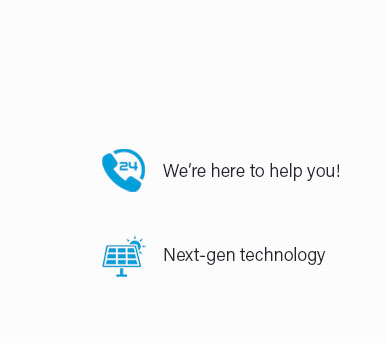 |
 |
 |
 |
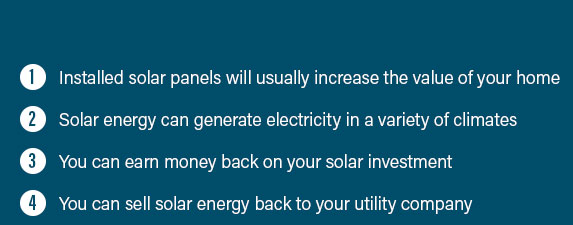 |
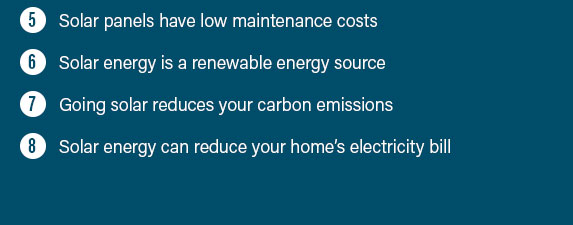 |
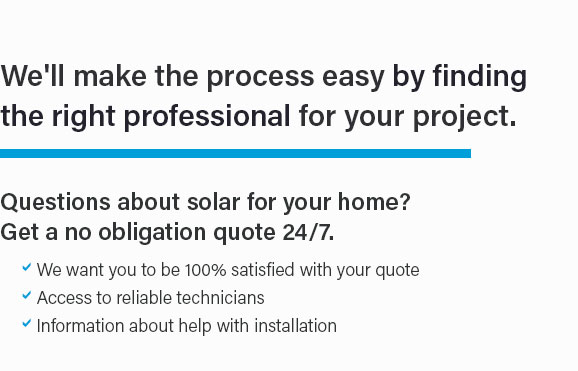 |
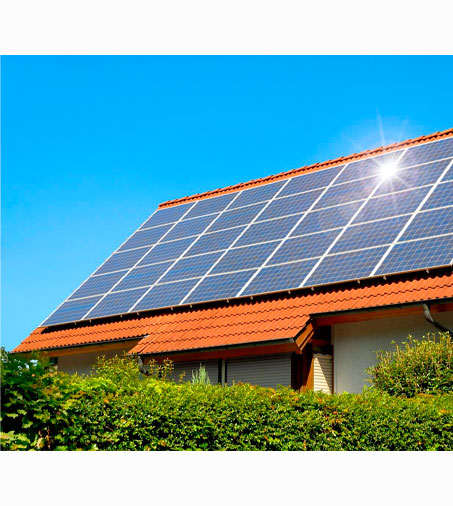 |
|
 |
 |
 |
|
Unlock the future of energy with our seamless solar panel installation quote service-where innovation meets simplicity; imagine transforming your home into a powerhouse of renewable energy, dramatically slashing your electricity bills while championing a sustainable planet, all with the expertise of top-tier professionals who make installing home solar panels not just an upgrade, but a revolution in how you power your life-because you deserve energy that's as bright as your vision for tomorrow.
https://unboundsolar.com/blog/step-by-step-diy-solar-installation?srsltid=AfmBOopmbLf3uXFhoXeCCLeTvKoYFikau2Xtfg51l0JUxsxhwYHLQBYq
Start where you plan to place your first flashing and drill a small hole in your roof. If the drill does not hit a rafter, bend a metal wire ... https://www.youtube.com/watch?v=uHAReQbcGvQ
Comments198. Ben Brand. Got to love the roof harness ropes that are so long you'd hit the bottom before the rope started doing anything on half ... https://www.quora.com/Can-you-provide-a-step-by-step-guide-for-installing-solar-panels-for-home-use-and-an-estimate-of-the-average-cost
The cost to install solar panels on a home ranges from $15,000 to $25,000 for a typical 6-8 kW system in the U.S. After the 30% federal tax ...
|